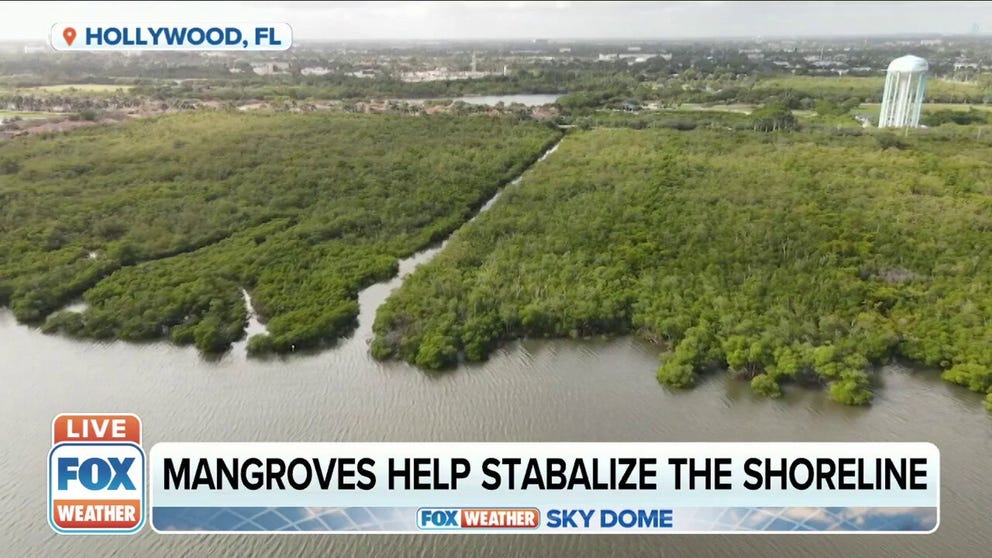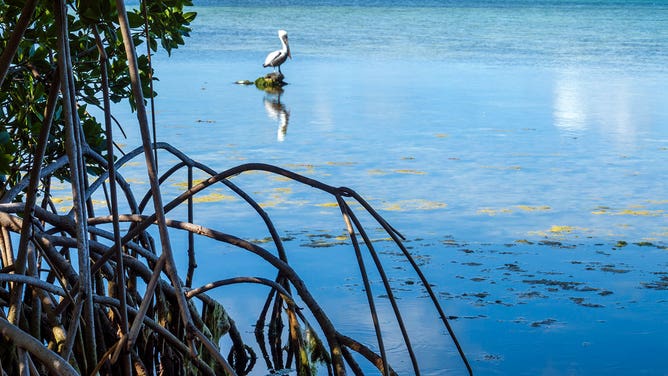FoxWeather article touches on what I've been saying since attending the 2016 international confernece on mangrove trees and macrobnethos here in St. Augustine, Florida at Flagler College, spnsored by the University of Florida and IFAS.
Mangrove trees on our formerly denudeed dull Florida beaches are key to natural armoring of our Florida coastline against ocean. leavel rise.
The northernmost limit of mangrove trees is now in central coastal St. Johns County, north of Vilano Beach, within the boundaries of our Guana-Tolomato-Matanzas National Estuarine Research Reserve, a future component of our St. Augustine National Historical Park and National Seashore.
From FoxWeather:
Mangroves: Saving these Florida trees that protect against hurricanes
Florida is home to one of the world’s largest mangrove forests
Mangroves are Florida's natural protection from storm damage
Mangroves are a natural defense for coastlines during tropical storms and hurricanes and this is why it's important to keep them healthy.
HOLLYWOOD, Fla. – One of nature’s best defense systems for parts of the U.S. coast under threat from hurricanes each year is a group of gnarly trees called mangroves.
These trees only grow in tropical and subtropical climates since they cannot withstand freezing temperatures. They make up dense forests in saltwater areas along parts of the Gulf Coast that feature intricately intertwined root systems, which give the appearance that the trees are walking on the water.
Those interlocking roots help protect coastlines from flooding when hurricanes hit.
"They break down that wave energy," said Laura Geselbracht, senior marine scientist at The Nature Conservancy’s Florida chapter. "In doing so, they reduce how far the floodwaters penetrate inland."
The trees also help stabilize coastlines and guard against erosion.
"These mangroves produce a lot of leaves, and that leaf litter eventually accumulates," Geselbracht said.
The dense forests also serve as home to a variety of animals, such as crabs, birds, fish and iguanas.


No comments:
Post a Comment